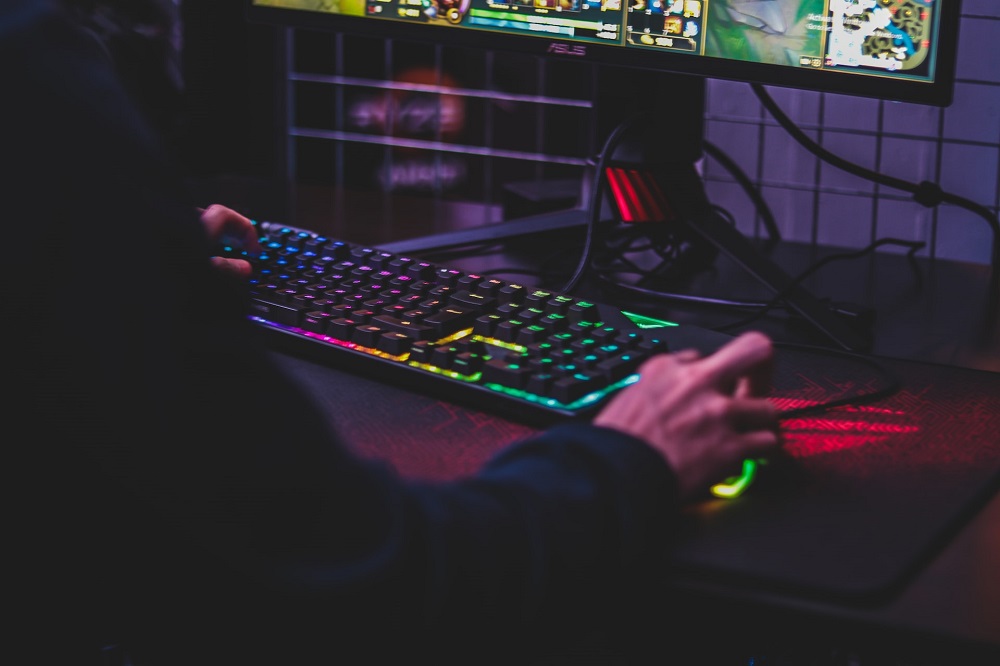Many famous artists releasing digital collectible tokens have created a lot of speculative value to an already overheated market. This makes it tough to look past the hype of NFTs to the breakthroughs that may lie beneath, especially when it comes to play-to-earn (P2E) games.
Making Room for RMT through NFTs
P2E is a gaming concept based on blockchain technology that allows players to earn money while they’re gaming, often in the form of tokens that can sell for Bitcoin or fiat. It flourished in recent years, most notably in Warcraft 3, which allowed individuals to form online clans and play as a group. With over 3 billion gamers worldwide as of 2022, this sector is still finding its footing and has a lot of room for growth.
P2E games are known for their in-game cash and robust markets comparable to real-world currency. Online gaming communities gave rise to the natural emergence of economic concepts like division of labor and specialization within the space. Thus, massive online gaming communities became the birthplace of the first P2E gaming models, where players paid other players to perform difficult quests for them.
When smart asset platform Unbounded Enterprise released Duro Dogs on the BSV network in December 2021, it introduced players to its in-game currency called “treats” giving them an edge in commodity acquisition. They also set up a shop where players can purchase items and treats by transferring funds to another player’s HandCash wallet.
This practice, known as real money transfer (RMT), is frowned upon by game designers since it destabilizes the game economy over time. However, the benefits of RMT outweigh its risks, and “gold farming” remains a lucrative business, especially when NFTs make this model possible to be built on the system.
NFTs formalize the trading process by producing in-game items and character assets that can be freely sold within the game or in secondary markets outside the game, where they fetch a far higher price due to speculation and player excitement. This boosts the game’s popularity and draws in additional players.
However, for the secondary market to keep its worth, Unbounded Enterprise has to do an excellent job of managing the game. Otherwise, the game would end in economic disaster, as seen in Axie Infinity, whose participants quickly lost interest when other more lucrative platforms or real-world activities came up.
Jerry Chan Offers Solutions to Restore Game Economies
While in-game currency relieves game developers from the responsibility of maintaining secure exchange systems and infrastructure for player-to-player (P2P) transactions, it also poses the risk of being a shell for money laundering operations.
For TAAL Distributed Information Technologies Inc., incorporating the out-game economy into the play-balancing equation is one way for companies to handle P2E games with non-game NFT assets without making players feel duped. Introducing construct classes and rankings based on a player’s assets instead of their game performance is a strategy that can be used for this.
The other way to counteract the negative impacts of NFT markets is to remove the competition from the game. After all, if the game’s main purpose is not player versus player (PvP) competition, or if losing PvP has no serious implications, players would not mind being crushed by someone with better gear acquired outside the game.
NFTs have the potential to connect gaming economies in ways that were previously inconceivable before the advent of token systems and blockchains built on top of them. Overlooking these fundamental flaws in gamer incentives and game economy at the outset can result in the loss of million-dollar investments, eventually spelling “game over” for many players.


